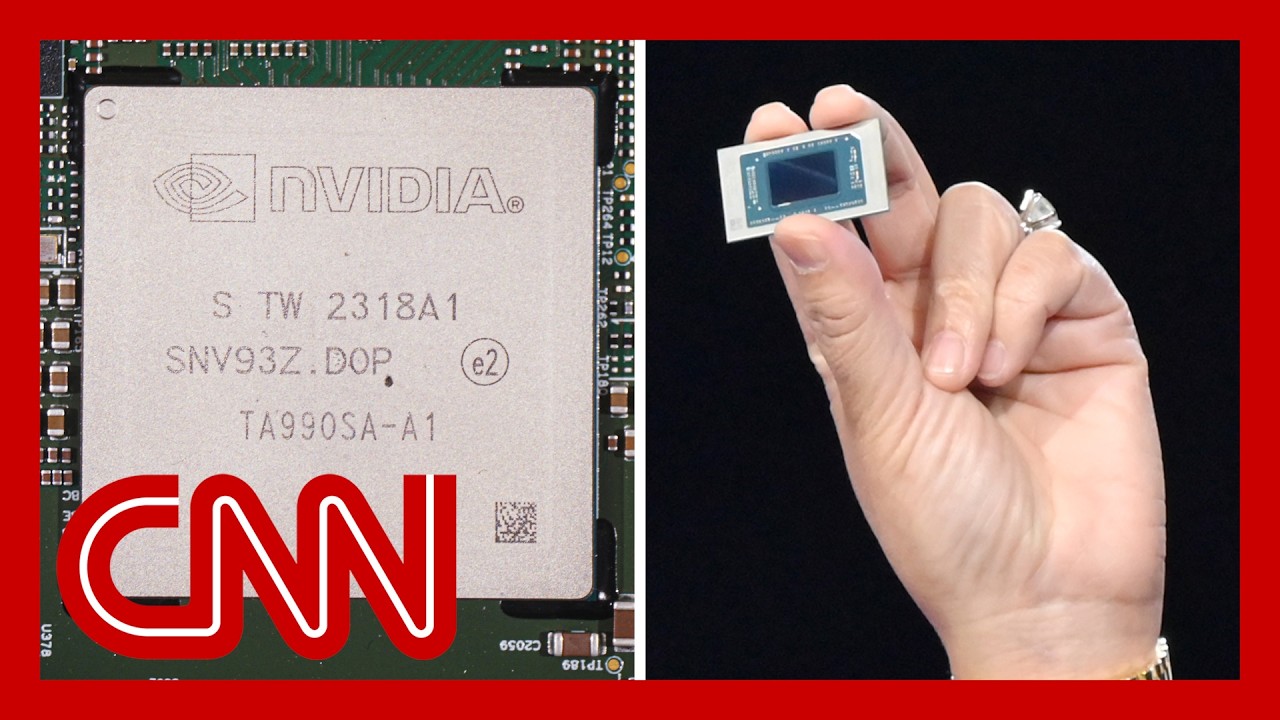August 2025 will be remembered as one of those months when the semiconductor industry transitioned from being solely about technological innovation to becoming a stage for political maneuvers, corporate strategies, and geopolitical tensions. What once seemed like a domain exclusive to foundries, benchmarks, and GPUs has now become a true chess match between governments and tech giants.
NVIDIA, AMD, and Intel— the three pillars of Western silicon—found themselves caught in a whirlwind that combined covert tariffs, state intervention, unexpected investments, and even direct involvement from the White House.
The headline achievement of the month was the unprecedented agreement between NVIDIA and AMD with the U.S. government: a 15% revenue share on each AI chip exported to China under a special license.
While this mechanism isn’t technically a tariff, but rather a “license fee” conditioned on export approvals, practically, it amounts to the same thing: a cost directly impacting manufacturers’ margins and establishing a new model of government control over technological sales.
The White House defended the measure as a balance between national security and economic interests. Critics, however, viewed it as covert monetization of foreign policy: “turning geopolitics into just another item on the corporate P&L.”
NVIDIA, which dominates the AI market with an iron grip, couldn’t afford to lose China as a customer, even under restrictive conditions.
According to Reuters, the company is already developing a Blackwell chip tailored for the Chinese market, a more limited version than the B300, but still superior to the H20. This new single-Die design will include HBM and NVLink, with testing scheduled for next month. Additionally, efforts are underway to develop a workstation/inference GPU called RTX6000D, also aligned with U.S. regulations.
The situation in China remains complex:
- Public agencies have discouraged the use of NVIDIA’s H20 for government projects, promoting Huawei’s Ascend series instead.
- However, multiple Chinese firms report difficulties training large models with Ascend, resorting to NVIDIA for training and limiting Ascend to inference tasks.
In summary, demand remains alive but is hanging on a fine line amid restrictions, licensing, and less mature local software ecosystems.
Meanwhile, AMD is trying to leverage the new framework to strengthen its presence. In June, during Advancing AI 2025, the company laid out a clear roadmap: MI350 (CDNA 4) expected in 2026 and an annual release cadence aiming to reduce NVIDIA’s temporal advantage.
Their immediate goal is to maintain momentum with MI300X while also fostering multi-vendor strategies among major cloud customers. Many cloud providers are already combining NVIDIA clusters with AMD to gain redundancy and pressure pricing.
The dilemma for AMD is clear:
- Will Chinese hyperscalers accept paying an additional 15% on MI exports?
- Or will they risk using Huawei’s Ascend despite its software limitations?
The outcome of this decision will determine whether the revenue-sharing agreement acts as a profitable bridge into China or remains a symbolic clause with little real impact.
If NVIDIA and AMD are battling in the AI arena, Intel faces a corporate and political crisis.
For weeks, former President Donald Trump publicly pushed for Lip-Bu Tan, Intel’s CEO, to step down due to past connections with China. After a meeting at the White House, the tone shifted dramatically, and the administration began exploring an unprecedented idea: acquiring up to 10% of Intel’s stock.
This plan involves converting subsidies from the CHIPS Act into equity, marking a historic shift from funding strategic projects to direct intervention in the ownership of the national silicon flagship.
In parallel, SoftBank announced a $2 billion investment in nearly 2% of Intel. While this doesn’t solve the company’s core problems, it sends a clear signal to the market: confidence in Intel’s rebound persists.
The investment arrives as Intel struggles on three fronts:
- Lagging process technology compared to TSMC.
- Fragile customer base in its foundry business.
- Losing competitiveness in data center CPUs and AI accelerators.
SoftBank’s liquidity injection boosts confidence, but Intel’s real challenge remains: meeting the timelines for its 18A and 14A nodes and convincing major players like Apple, NVIDIA, or Qualcomm to trust its foundry.
The tensions don’t end with China. Trade disputes between the U.S. and the European Union escalated this summer, leading both sides to agree on a 15% adjustment in strategic sectors, including semiconductors, preventing more severe tariffs.
Although this doesn’t directly impact AMD (which manufactures at TSMC), it affects the assembly and testing supply chain, raising costs for modules and accessories.
Several certainties emerge from August’s landscape:
- Chips are no longer just technology; they are pure geopolitics.
- NVIDIA and AMD have accepted to pay to stay in China, even at the expense of margins.
- Intel has become a matter of state, with risks and opportunities intertwined.
- Europe and the U.S. are trying to avoid an open trade war, but acknowledge the strategic importance of silicon.
The real impact will be measured in the coming months, with NVIDIA’s Q2 results at the end of August and AMD’s progress towards the MI350. Intel remains the biggest question mark: can it recover lost ground in time?
FAQs:
What does the 15% agreement mean for NVIDIA and AMD?
It’s a revenue-sharing deal with the U.S. government for each AI chip sold to China under license. It acts as a hidden tariff and reduces profit margins.Why does the U.S. government want stakes in Intel?
To protect public investment from the CHIPS Act and secure the future of a crucial company for U.S. tech sovereignty.What role does SoftBank play?
Its $2 billion investment in Intel is a vote of confidence designed to boost perception and influence Washington’s policy decisions.How does this affect China and Huawei?
Huawei continues to push its Ascend line but with restrictions. The measures keep demand for customized NVIDIA and AMD chips alive, albeit at higher prices.
via: datacenterfrontier



